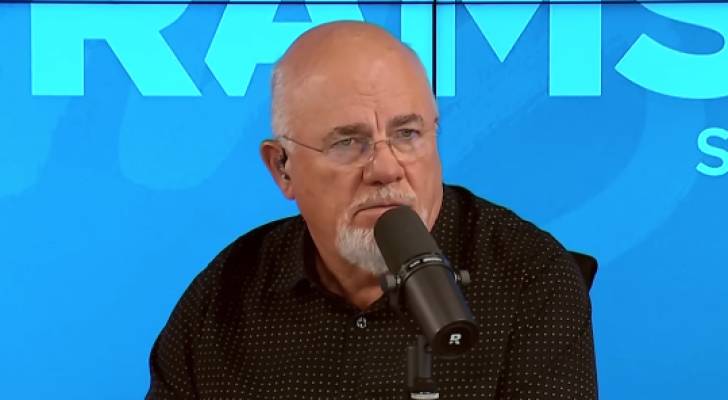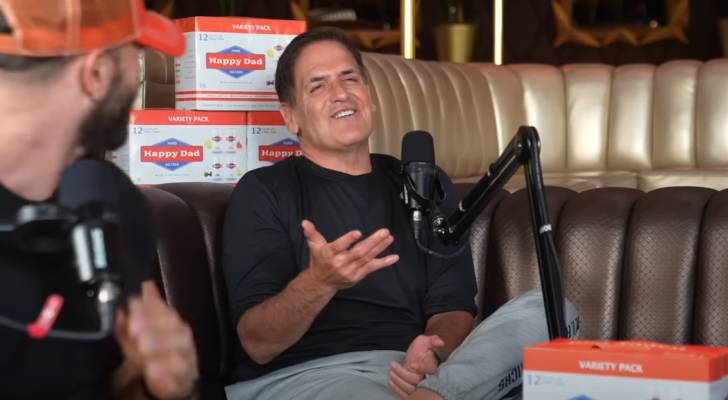I’m inheriting my elderly parents’ $680,000 investment portfolio — it’s managed by a long-time adviser with a 1.75% fee. Should I fire the manager for taking too high a cut or stick with him?


We adhere to strict standards of editorial integrity to help you make decisions with confidence. Some or all links contained within this article are paid links. Not only have you inherited your parents’ portfolio, you’ve also inherited their long-time advisor. You’ll have to decide for yourself if you should move the money elsewhere or even […]
My wife and I are both 60 years old, we own our house and have $750,000 saved up for retirement — can we quit our jobs now and make our nest egg last?


We adhere to strict standards of editorial integrity to help you make decisions with confidence. Some or all links contained within this article are paid links. Once you turn 59½, you’re eligible to take penalty-free withdrawals from an IRA or 401(k). However, many people still opt to hold off on retirement for a number of […]
‘Financial Freedom’ author Grant Sabatier says there are 7 levels of wealth — what stage are you at in 2025?


We adhere to strict standards of editorial integrity to help you make decisions with confidence. Some or all links contained within this article are paid links. A shaky economy, job uncertainty and rising everyday costs have Americans craving the financial independence that makes money worries a distant memory. That might be why so many people […]
Mark Cuban says this will be the ‘No. 1 housing affordability issue’ for Americans — and predicts Florida especially will have ‘huge problems.’ Here’s how to protect yourself in 2025


We adhere to strict standards of editorial integrity to help you make decisions with confidence. Some or all links contained within this article are paid links. There’s passionate debate about how to solve America’s ongoing housing crisis, much of which revolves around mortgage rates, zoning issues, immigration and construction. However, billionaire entrepreneur and investor Mark […]
I’m 65 and set to retire with $500,000 in the bank. How long will that last?


We adhere to strict standards of editorial integrity to help you make decisions with confidence. Some or all links contained within this article are paid links. If you’re 65 years old and gearing up to retire, it’s a good time to assess your savings. The average balance of retirement accounts for Americans aged 65 to […]
A 50-year-old Seattle woman found out she owns $18M in a single stock, but has ‘no idea’ what to do with it — this is why Dave Ramsey instructed her to seek ‘safety’ for her savings ASAP


We adhere to strict standards of editorial integrity to help you make decisions with confidence. Some or all links contained within this article are paid links. Imagine checking a long-forgotten account and discovering it’s worth multiple millions of dollars. That’s what happened to Sarah, a 50-year-old mom from Seattle, recently. Sarah, who says she’s been […]
I’m 67 and want to buy my dream retirement home in Florida but I don’t have enough money to buy it in cash — can I still get a mortgage as a retiree?


We adhere to strict standards of editorial integrity to help you make decisions with confidence. Some or all links contained within this article are paid links. Buying a dream retirement home is a fantasy for many people, but the big question is — can it become a reality? Not all older Americans have enough savings […]
Do you rely on your monthly Social Security check to get by? Here are 3 simple money moves for US seniors as Trump takes the White House


We adhere to strict standards of editorial integrity to help you make decisions with confidence. Some or all links contained within this article are paid links. Many Americans are heavily reliant — even solely reliant — on their Social Security benefit to get by in retirement. More than half of non-retired Americans (53%) expect to […]
American retirees keep making these 5 costly Medicare mistakes — how to avoid them and keep your nest egg healthy in 2025


We adhere to strict standards of editorial integrity to help you make decisions with confidence. Some or all links contained within this article are paid links. Turning 65 in the U.S. means finally being able to rely on Medicare covering most of your health expenses. But before you join the 67 million Americans enrolled in […]
‘I’ve gotten beat’: Mark Cuban admits that after pumping $20,000,000 into 85 startups on Shark Tank, he’s down across all those deals combined — here are 3 simple lessons to take into 2025


We adhere to strict standards of editorial integrity to help you make decisions with confidence. Some or all links contained within this article are paid links. Mark Cuban became a billionaire by starting and selling multiple businesses. However, you might know him from the hit TV show Shark Tank on ABC. Hosts on the popular […]